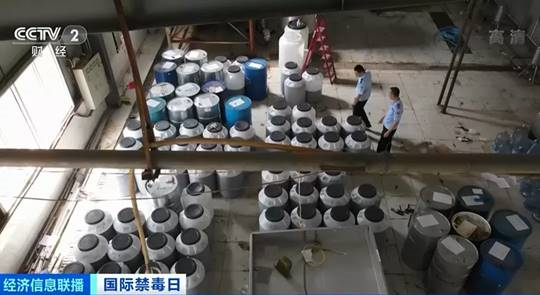Shaanxi, China - September 2020: Chinese authorities recently announced the seizure of a clandestine laboratory used for extracting ephedrine from ephedra plant material. Ephedra plants are a natural source of ephedrine and pseudoephedrine, and grow in several parts of the world, including Asia.
In May 2020, Chinese authorities raided the clandestine ephedrine extraction laboratory in Shaanxi Province, located in the northwest part of China, and reported the seizure of 7 tons of ephedra plants, 9 tons of ephedrine solution, 1.4 tons of dimethylbenzene (xylene), 800 kg sodium hydroxide and 100 kg oxalic acid. Further investigation revealed that the ephedra plant material was sourced from Inner Mongolia, China, and that the extracted ephedrine was destined for methamphetamine manufacture in clandestine facilities outside of China.
Reports from Afghanistan suggest that (pseudo)ephedrine is extracted from ephedra plant material and used as a precursor for methamphetamine, too. While clandestine methamphetamine manufacture in Asia is largely based on synthetic precursors, ephedra plant material should not be ruled out as a potential source of precursors for clandestine methamphetamine manufacture in countries where such material is available.

Source: CCTV 2
For more information, please see:
NNCC WeChat platform (Chinese).
David Mansfield and Alexander Soderholm, “Long read: the unknown unknowns of Afghanistan’s new wave of methamphetamine production”, London School of Economics, United States Centre, 30 September 2019.
Synthetic Drugs in East and Southeast Asia - Latest developments and challenges.